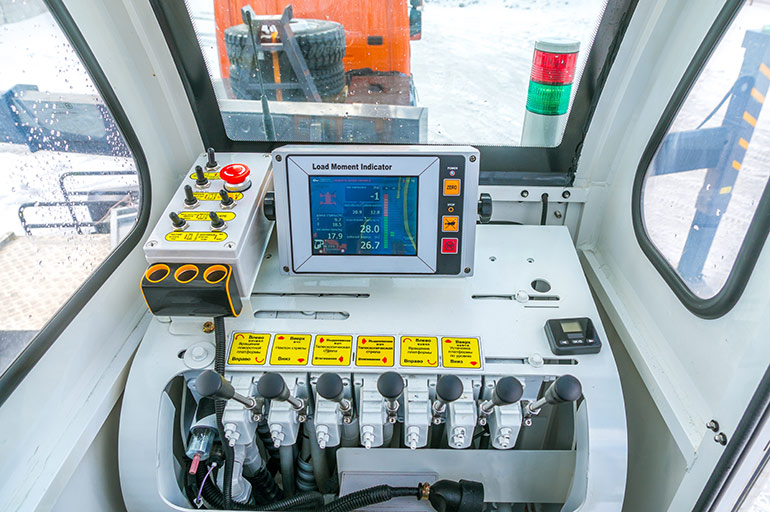By Josh Cosford, Contributing Editor
In the realm of mobile hydraulics, we must prioritize efficiency, reliability, and precision to remain competitive against other technologies. In many cases, hydraulic advancements come from partnerships with competing technologies, and one of the most important in recent years is Controller Area Network (can) networks. CAN networks revolutionize mobile hydraulics by providing seamless communication between various components, enhancing performance, diagnostics, and overall system control.

where they use one of the various standards such as SAE J-1939 to join all components to the primary machine controller, or one of many smaller units.
At its core, a CAN network serves as the nervous system of an electronically controlled hydraulic machine, facilitating communication between electronic control units (ecus), sensors, actuators, and other devices. This communication occurs through one of many standardized protocols, ensuring compatibility and interoperability across different components and manufacturers.
One of the primary benefits of CAN networks in mobile hydraulics is enhanced system monitoring and diagnostics. By integrating sensors throughout the hydraulic system, CAN networks enable real-time monitoring of crucial parameters such as pressure, temperature, and fluid levels, to name a few. This constant monitoring allows for early detection of issues, preventing potential failures and minimizing downtime by using advanced diagnostic algorithms to analyze data from various sensors to identify trends and predict maintenance needs, enabling proactive maintenance strategies.
CAN networks enable precise control and coordination of hydraulic actuators, optimizing performance while reducing manufacturing costs. These networks eliminate the extensive wiring harnesses of individually installed electric and electronic components; in some cases, many can save hundreds of pounds of copper. Each node requires only up to four wires to run in series: power, ground, CAN high, and CAN low.

With only two wires transmitting data (and only when required), electronics engineers have developed a clever method to send and receive control signals while ignoring noise. Each message to or from a node is a voltage high and voltage low signal that corresponds to each other so that if one exists without the other, the nodes will ignore the signal as noise.
By providing high-speed communication between ECUs and actuators, CAN networks facilitate rapid adjustment of hydraulic parameters such as flow rate, pressure, and direction. This precise control improves the responsiveness and accuracy of hydraulic systems and reduces energy consumption, contributing to environmental sustainability and cost savings.
Another advantage of CAN networks is their flexibility and scalability, allowing for easy integration of additional components and functionalities. As mobile hydraulic systems evolve to meet changing requirements and incorporate new technologies, CAN networks provide a future-proof communication infrastructure. This flexibility is perfect for streamlining machinery production lines that include various specification levels and outfitting so that adding a new node requires no separately wired complexity to the battery, to and from the controller, to and from the valve and then to a grounding location.
Whether integrating advanced sensors for condition monitoring, implementing predictive maintenance algorithms, or incorporating autonomous control capabilities, CAN networks offer the necessary bandwidth and reliability to support these innovations.
In addition to improving individual hydraulic systems, CAN networks also enable seamless integration with higher-level control systems and fleet management platforms. By providing standardized communication interfaces, CAN networks easily talk between different machines and systems, enabling centralized monitoring, control, and optimization of entire fleets of mobile equipment.
Finally, just as with all electronics, CAN systems and hardware have come down in costs immensely over the years, and the many open standards used are easy to learn while requiring little investment cost. Today’s sensors, valves, and controller technologies make it easier than ever for even the most budget-minded machine builder to offer customers advanced CAN technologies.
Filed Under: Engineering Basics, Mobile Hydraulic Tips, Technologies, Trending